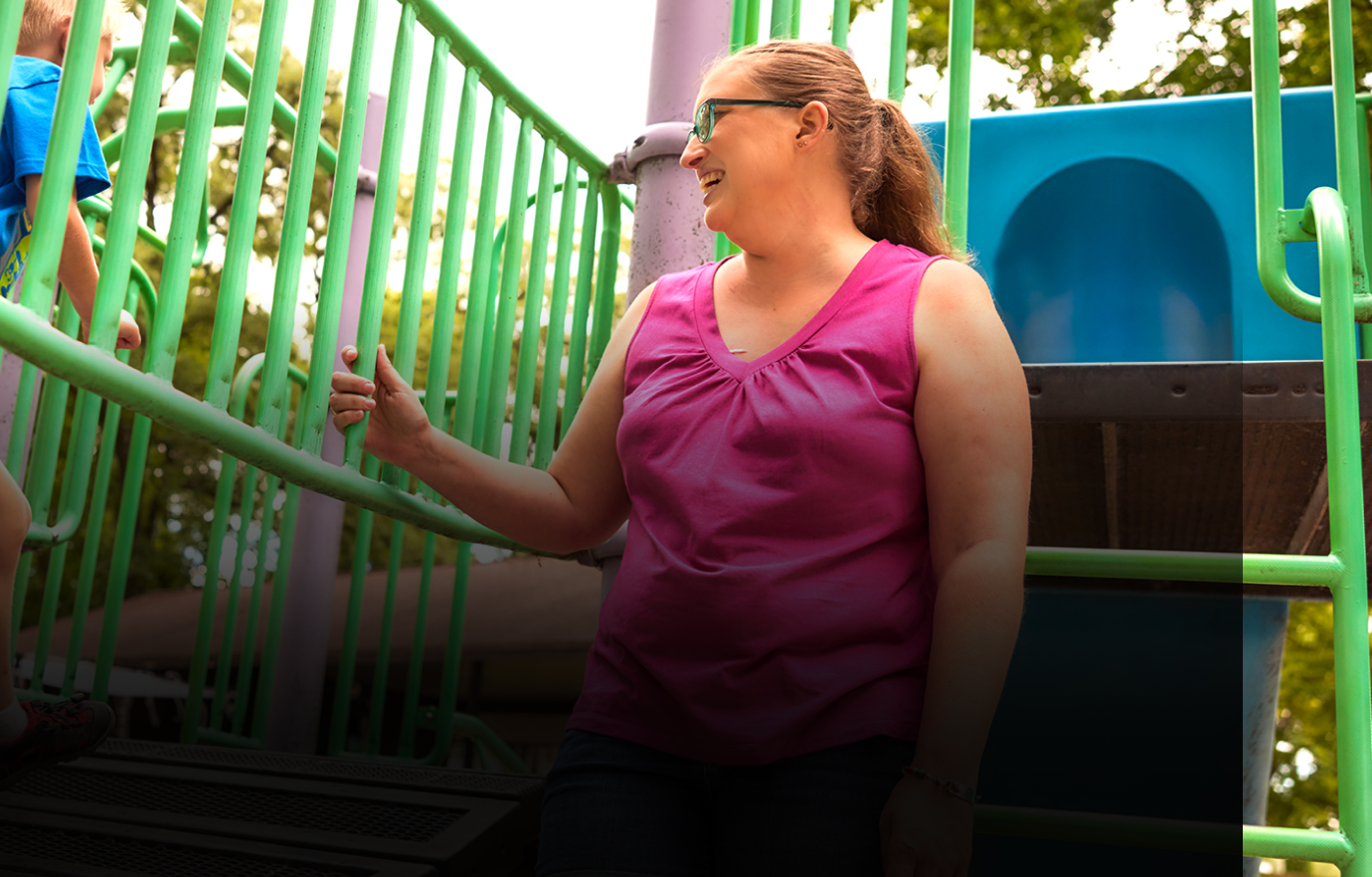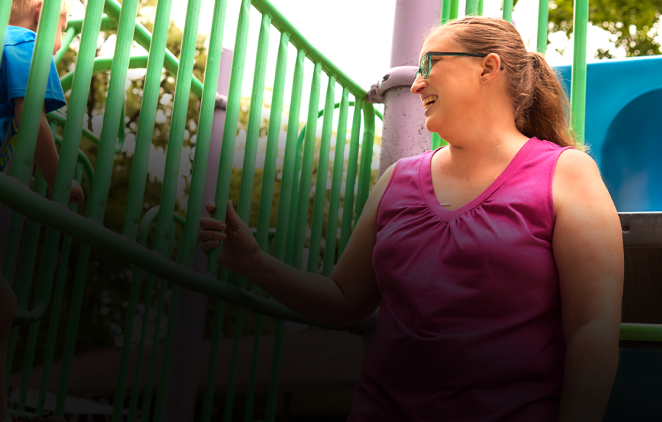VYVGART was evaluated in a global study of adults with anti-AChR antibody positive gMG. The main goals of this study were to see how VYVGART for IV infusion improved daily abilities and reduced muscle weakness in patients on VYVGART for IV infusion plus their current oral gMG treatment.
Patients in this study needed to meet the following criteria:
- Adult (18 years or older)
- Myasthenia Gravis Foundation of America (MGFA) clinical classification class II to IV
- Myasthenia Gravis Activities of Daily Living (MG-ADL) score of 5 or more
- On a stable dose of their current oral gMG treatment throughout the study
Patients represented a range of adults with gMG:
- Median time since gMG diagnosis was 9 years
- MGFA class ranged from II to IV at the start of the study
The MG-ADL scale was used to measure gMG symptoms:
- The MG-ADL scale assesses the impact of gMG on daily functions by measuring 8 signs or symptoms that are commonly affected in gMG: the ability to speak, chew, swallow, breathe, brush teeth or comb hair, and get out of a chair, as well as the frequency of double vision and eyelid droop
- Each item is measured on a 4-point scale, where a score of 0 represents normal function and a score of 3 represents the loss of ability to perform that function. Total scores range from 0 to 24 points, with a lower score showing less severe gMG
- VYVGART for IV infusion was found to be effective if an anti-AChR antibody positive patient’s MG-ADL score decreased by 2 or more points and stayed at that level for 4 weeks or more in a row, with the first improvements no later than 1 week after the last infusion of treatment cycle 1
The Quantitative Myasthenia Gravis (QMG) scale was used to measure muscle weakness:
- The QMG scale assesses muscle weakness in gMG based on 13 items. Each item is assessed on a 4-point scale, where a score of 0 represents no muscle weakness and a score of 3 represents severe muscle weakness. Total scores range from 0 to 39, with a lower score meaning muscle weakness is less severe
- Improvement maintained for 4 or more weeks was measured by a decrease of 3 or more points on the QMG scale, with the first reduction occurring no later than 1 week after the last infusion of treatment cycle 1









